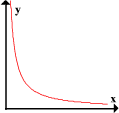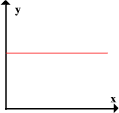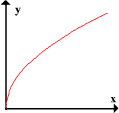A stone thrown vertically upwards from the Earth’s surface travels until a height of h and falls back to its original position. If air resistance can be ignored, which graph below best represents the change of force, F which acts on the stone with its distance travelled, s?
| A. | 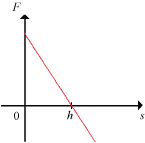 | C. | 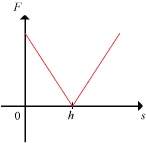 |
| B. | 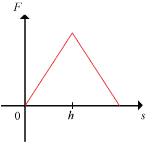 | D. | 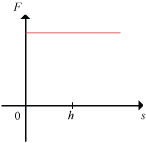 |
Solution
Show solution >>
The answer is D. Because the stone is thrown upwards, the gravitational field strength of Earth at the stone’s original position and at the apex of the upward motion of the stone can be assumed to be the same. Therefore, the gravitational force of Earth acting on the stone, which is the weight of the stone, remains constant. All other forces acting on it are negligible.
From the point of view of kinematics, what actually changes is the stone’s velocity and speed. The shape of the velocity – time graph of the stone will look exactly like the one in A, while the shape of the speed – time graph of the stone will look exactly like the one in C.
Hide solution <<
From the point of view of kinematics, what actually changes is the stone’s velocity and speed. The shape of the velocity – time graph of the stone will look exactly like the one in A, while the shape of the speed – time graph of the stone will look exactly like the one in C.
Hide solution <<
Question source: Malaysia National Physics Competition Panel


